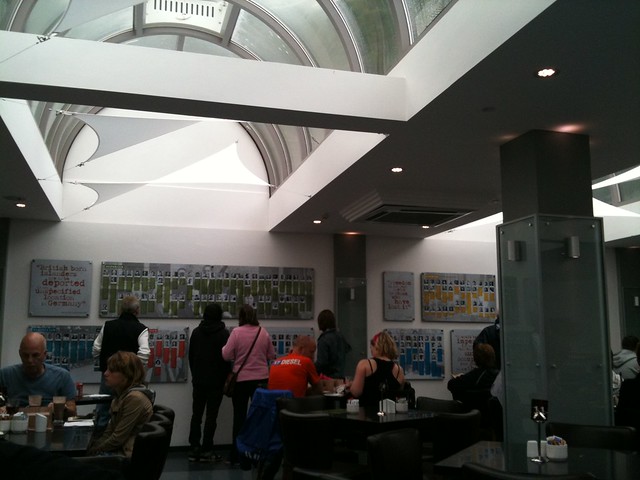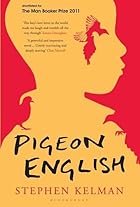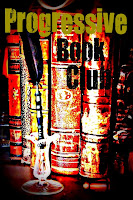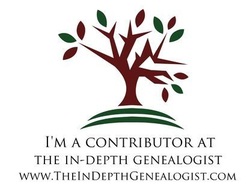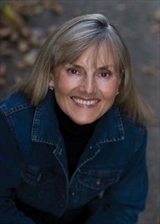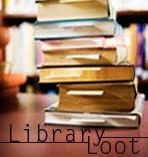From the back cover
"Dr. Bill enjoys telling and sharing ancestor stories and related family history social context. He has published four family histories, to date, with more in progress.
For the latest on Dr. Bill, his writings and stories, see his complementary blog at:
Dr Bill Tells Ancestor Stories
Do you have family history and ancestor stories collected and researched?
Do you want to share them and tell your stories, but don't know how or what venue to use?
This book has your answer.
Preservation and interpretation of your ancestor stories will occur most effectively if you use multiple approaches to telling your ancestor stories to your family and interested others. Showing you how to this is the purpose of this book.
The content of you telling of ancestor stories includes your life as well as the lives of your two parents, four grandparents, eight great-grandparents, sixteen great-great grandparents, etc., and their siblings, aunts, uncles and cousins. Ancestor stories include the social context in which these folks lived, their clothes, their farms or ranches, their religion (or not), their occupations, their loves and antagonisms, their education (or not), their friends and neighbors, and the mundane details of their daily lives.
13 sections suggest a variety of ways to tell your ancestor stories; each section has a Planning Worksheet to assist you in doing it most effectively.
"
Telling a story about an ancestor can be a gift to oneself and to one's family. It is powerful to have your stories heard". -
Judy Shintani"
Author

Dr. Bill is a life-long learner with a passion for family history and, more generally, the social history of each of his ancestors and their descendants. He enjoys writing on various platforms and venues, including six blogs, novels, non-fiction books and ebooks, three topics published at Examiner.com .
Review
I recently had the opportunity to read Bill's book and I am so glad I did. As an experienced researcher it is very easy to get caught up in the whole research aspect and delve deeper into our ancestry and to forget that behind each of those names was a person who had a life and a whole series of emotions just like us.
Bill's book enabled me to grounded, to take a step back to almost basics and contemplate the stories behind those facts and to debate how I was going to share those stories. The book contains a series of worksheets which allow for reflection, development or change. The subjects of the worksheets are -
- Blogs
- Book
- Newsletter
- Website
- Podcasts
- Videos
- Wikis
- Scrapbooking
- Brochures
- Posters
- Arts & Artefacts
- Oral Performance
- Other - Re-enactments & National Heritage
Many researchers and family historians use a combination of those mentioned, but what struck me was how much do we use them and do we really use them to their full potential? This book gives us an opportunity to explore how we use the mementos left by our ancestors in order to tell their story.
A memento maybe a ticket - I have one of a plane journey that I took. At first glance it shows that during 1994 I left the UK to go to Kenya. The story behind it is the detail. The burst of heat the moment the plane doors opened, the walk across the runway to the shed like immigration area. All those details and more build up a snapshot of an event. In this case, whilst I kept the ticket all these years I had not actually delved deeper until I read this book. If we are not recording our experiences for future generations how are those generations going to know?
As I said, this book enabled me to be grounded. To look beneath the facts and realise that there was a story to be told and that those stories can be told using a variety of methods. Different methods will suit different researchers and similarly engage different readers. By using a variety of methods you will keep the engagement of your reader for longer. Going a step further, this book is also a great tool for planning engagement and involvement for those researching a specific location or family group.
This book is a great reference book; I certainly view it as an essential in the family historian tool kit.
13 Ways to Tell Your Ancestor Stories by Dr Bill (William L) Smith is available to purchase from
Dr Bill's Non Fiction Book Store. Stay tuned for a giveaway raffle tomorrow!
Disclaimer - I was provided with a copy by the author in exchange for an honest review.


